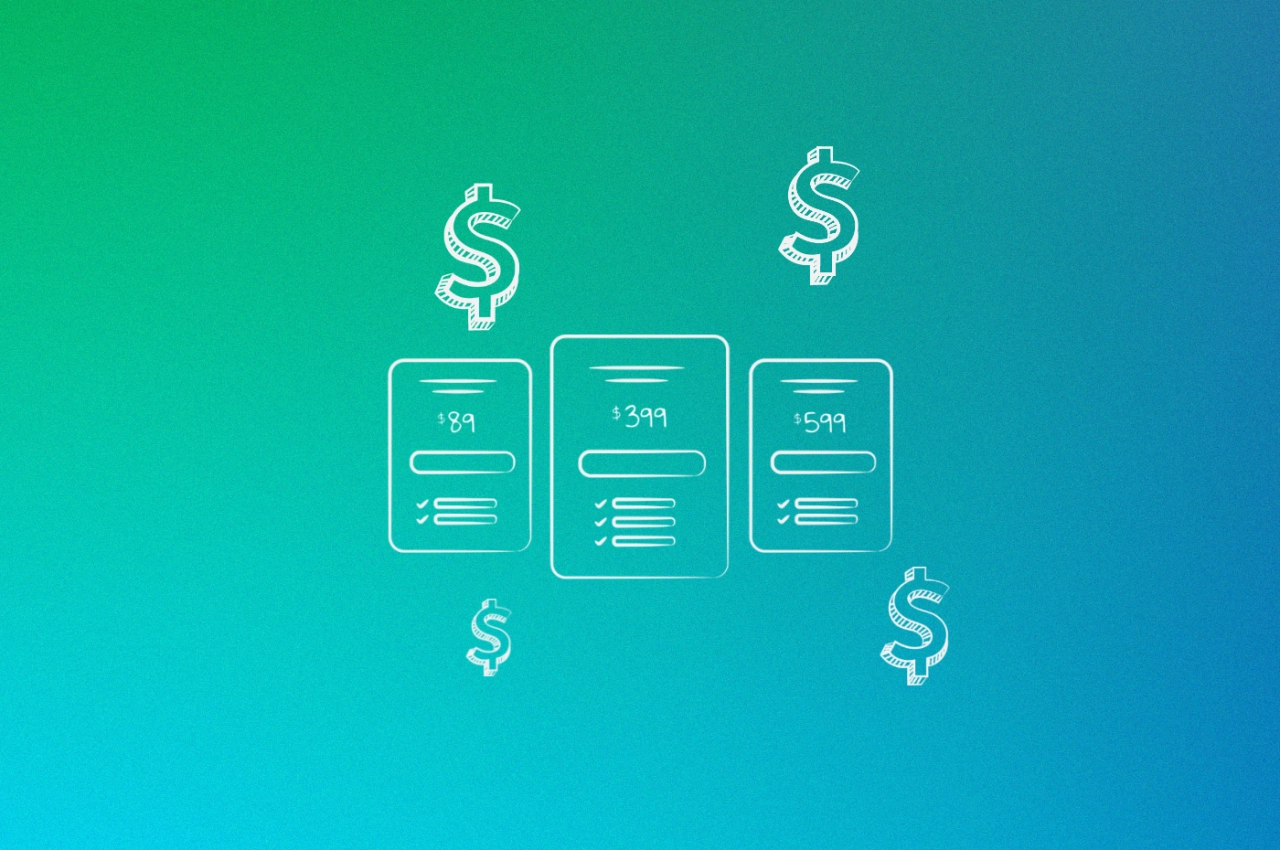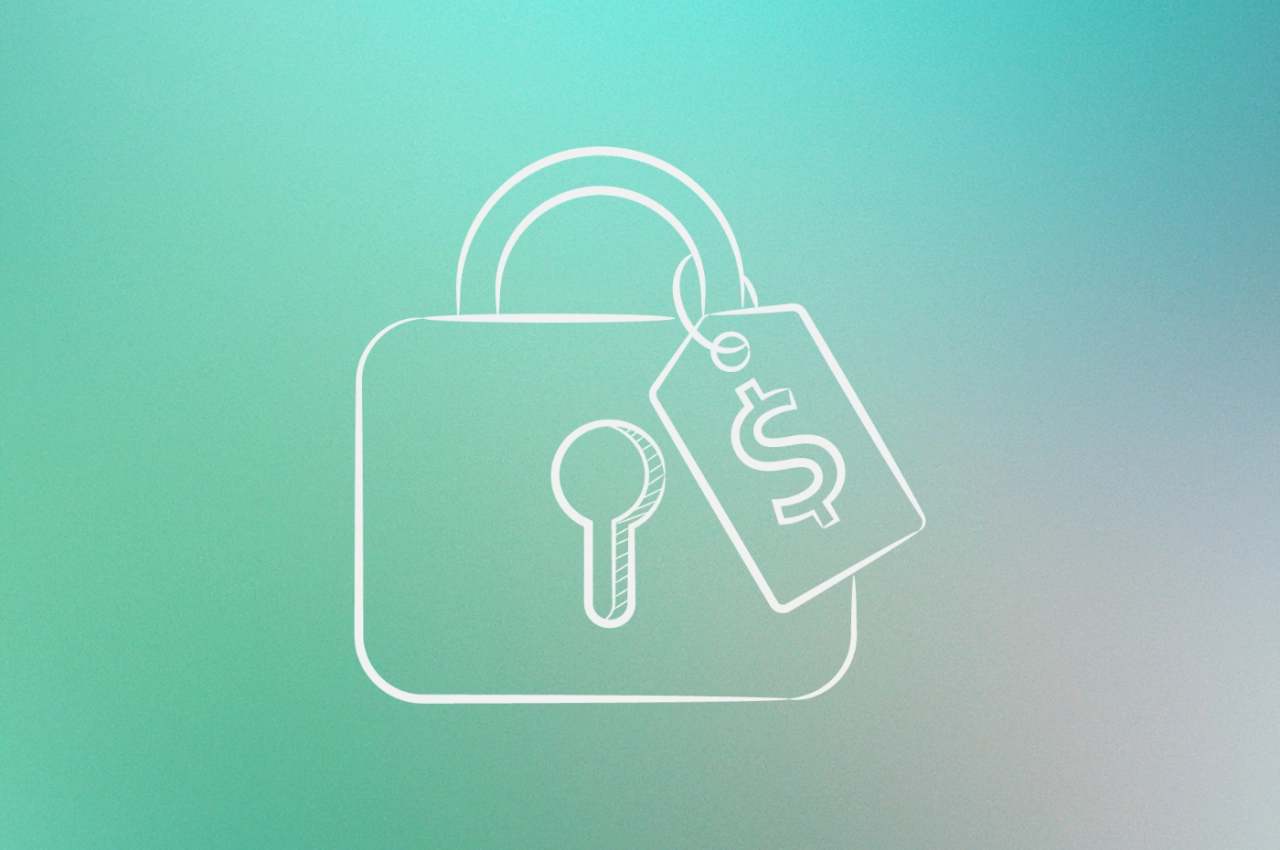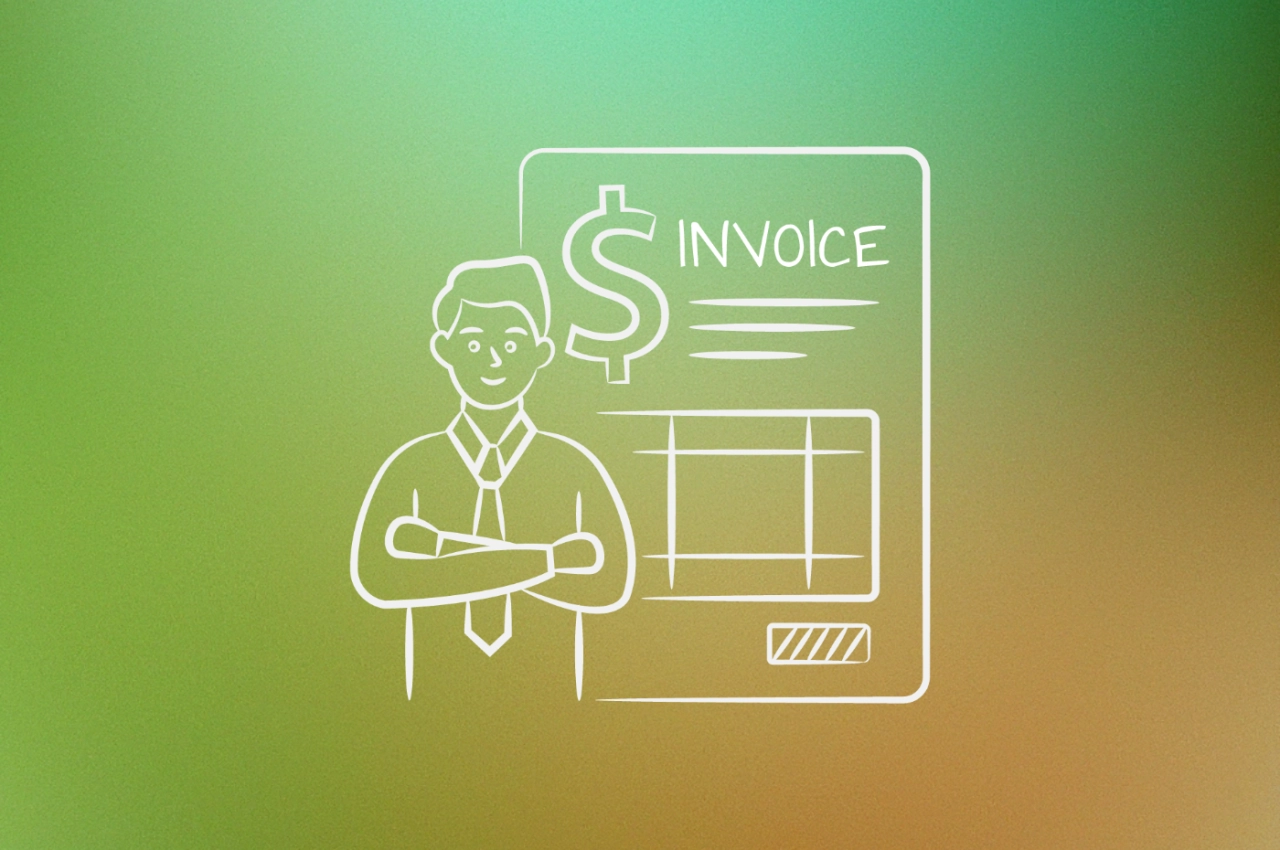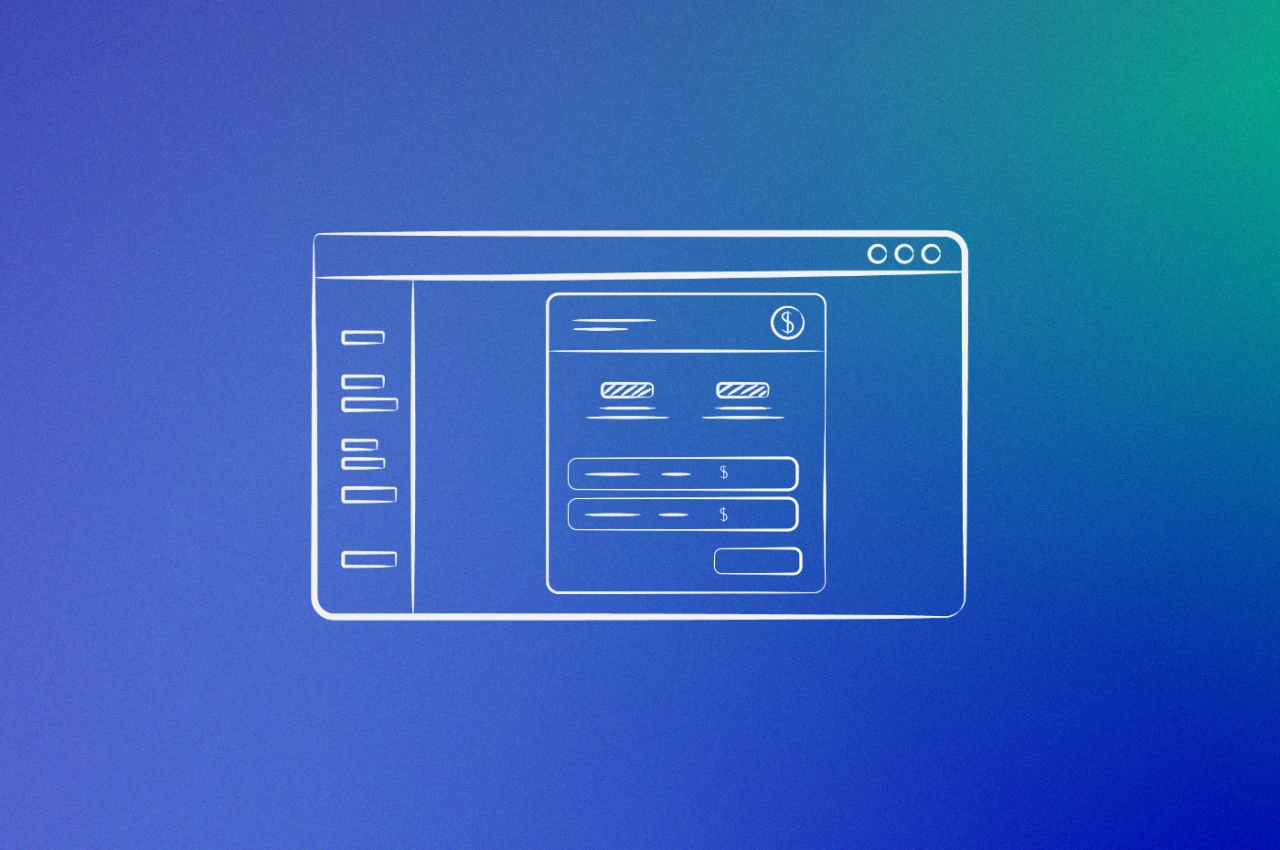- Your pricing model determines your margins, cash flow, and whether your business math adds up—not just how you bill clients.
- Subscription-based pricing models can be effective for services that require ongoing maintenance or support.
- Most agencies evolve their pricing multiple times. Review quarterly, and don’t be afraid to transition when the economics stop making sense.
Some agencies are designed to fail before they land their first client.
That sounds harsh, but it’s the reality. When I had Marcel Petitpas on the Agency Engine Room podcast, he didn’t sugarcoat it: “You said you wanted to have a 20% net profit in your business. Turns out the way your business is designed, if everything goes perfectly, you’ll only make 14%. So it’s literally impossible for you to achieve your goals with the business that you have designed.”
Your pricing model isn’t just about how you invoice. It determines your cash flow predictability, your delivery margins, and whether your business math actually adds up to the goals you’ve set.
This guide helps you choose the right model for where you are right now. I’ve kept the overview of each approach brief—when you’re ready to go deeper, most link to dedicated guides. The real value here is the decision framework: matching your pricing to your services, your clients, and what you’re actually building toward.
Understanding this topic involves several interconnected concepts:
- Scope Creep
- Delivery Margin
- Value-Based Pricing
- Retainer Model
- Overhead
- Productized Service
- Service Tier
- Client Portal
Each of these concepts plays a crucial role in the overall topic.
Pricing models compared
Before diving into the details, here’s a quick reference. Each model has trade-offs—there’s no universally “best” option, just the one that fits your situation.
Model | Best For | Predictability | Profit Potential | Complexity |
|---|---|---|---|---|
Ongoing relationships, consistent workloads | High | High | Medium | |
Defined deliverables, one-off work | Medium | Medium | Low | |
Strategic work, measurable client outcomes | Low | Very High | High | |
Productized services, scalable delivery | High | High | Medium | |
Commodity services, tight margins | High | Low | Low | |
New markets, price-sensitive clients | Medium | Low | Low | |
Specialized expertise, luxury positioning | Low | Very High | High | |
Clear scope, repeat projects | High | Medium | Low | |
Hourly | Discovery work, unpredictable scope | Low | Low | Low |
Hybrid | Complex clients, mixed engagements | Varies | Varies | High |
How to choose your pricing model
The right model depends on four things: what you sell, who you sell to, where you are in your growth, and how your team operates. As Freia Muehlenbein from BeReyt Agency puts it:
You need to move away from selling time and you need to move towards selling value. Because if you sell time, you now have to sell it for 30% less and that’s not the point.
 Freia Muehlenbein,
Be Reyt Agency Advisory
Freia Muehlenbein,
Be Reyt Agency Advisory
Match your service type
Different services naturally fit different pricing structures.
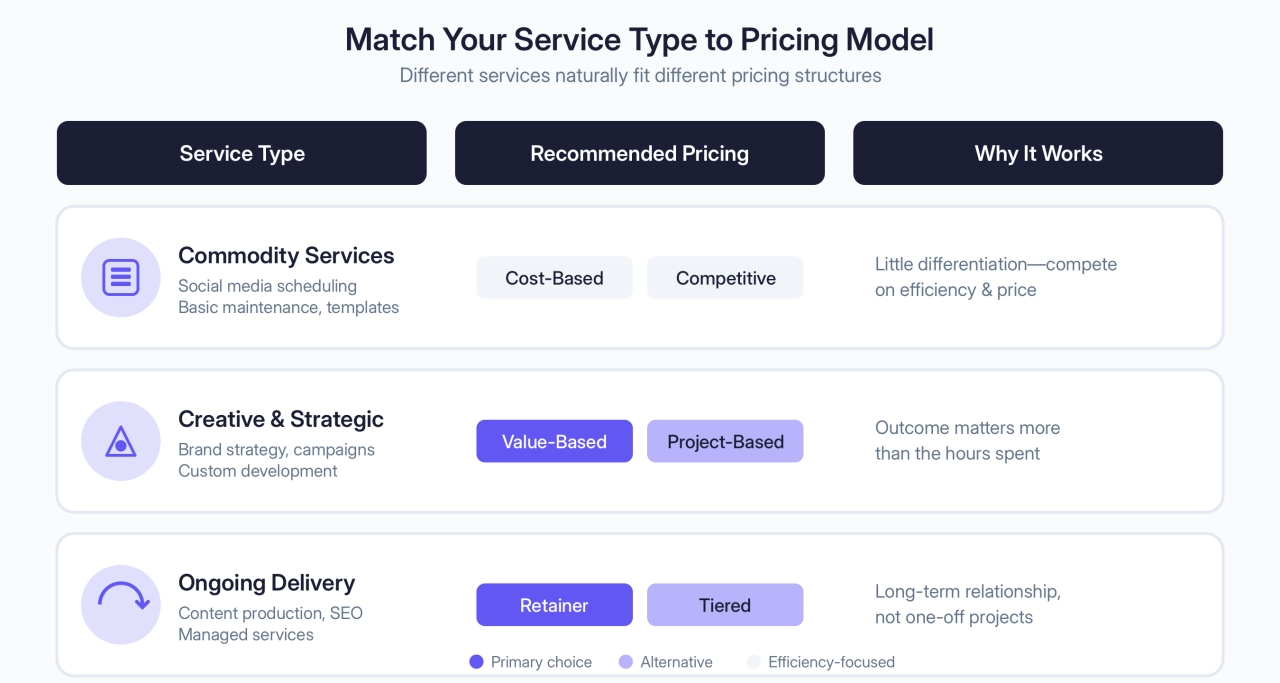
Commodity services (social media scheduling, basic maintenance, templated deliverables) → Cost-based or competitive pricing. There’s not much differentiation, so you compete on efficiency.
Creative and strategic work (brand strategy, campaigns, custom development) → Value-based or project-based pricing. The outcome matters more than the hours.
Ongoing delivery (content production, managed services, SEO) → Retainer or tiered models. You’re building a long-term relationship, not delivering a one-off project.
Match your client profile
Who you serve shapes what pricing they’ll accept.

Enterprise clients have budget but hate surprises. They want predictable costs they can forecast. Retainers and value-based pricing work well—they’re used to paying for outcomes.
SMBs are often budget-conscious but flexible. Tiered pricing lets them start small and upgrade. Project-based keeps things simple for one-off needs.
Startups want results fast and cheap. Competitive pricing or fixed cost models lower the barrier. Just make sure your margins still work.
Psychology matters too. Tiered pricing works partly because of anchoring—clients compare your mid-tier to the premium option, not to your competitor’s cheapest offer. Presenting three options increases conversions because it gives clients a sense of control. Round numbers feel arbitrary; $4,750 signals you’ve calculated your costs. These aren’t tricks—they’re how buyers actually process pricing decisions.
Match your growth stage
What works when you’re starting out won’t work when you’re ready to scale.

Early stage: You’re still figuring out your delivery. Hourly or project-based keeps things simple while you learn how long work actually takes. Dav Nash put it well: “We thought it was eight hours, but realistically, it’s 12 hours to write a blog.”
Established: You know your costs. Time to move toward retainers or value-based pricing to improve margins. Marcel Petitpas recommends targeting 70% delivery margins—that’s hard to hit with hourly billing.
Scaling: Predictability is everything. Tiered and productized models let you systematize delivery and forecast revenue. Less custom scoping, more repeatable work.
Match your operational capacity
Be honest about what your team can handle.

Solo or small team: Fixed cost and project-based models give you clear scope boundaries. You can’t afford scope creep eating your margins.
Larger team: Retainers and tiered pricing create predictable workloads. Easier to staff when you know what’s coming each month.
Heavy on contractors: Hybrid models give you flexibility. Retainer for the core, project fees for overflow work.
5 common pricing mistakes to avoid
These patterns show up constantly. They’re easy to fall into and expensive to fix.

Underpricing to win clients
Dropping your price to close a deal feels like a win until you’re three months in, margins are gone, and your team is burnt out. If you have to discount heavily to win work, you’re either targeting the wrong clients or not communicating your value clearly.
Ignoring your true costs
Most agencies underestimate how long things actually take. They price based on what they think a project costs, not what it actually costs. Track your time—not to micromanage, but to understand reality. You can’t price profitably if you don’t know your numbers.
Not accounting for scope creep
Fixed-price projects go sideways when scope isn’t locked down. One “quick addition” becomes five, and suddenly you’re working for free. Build revision limits into your contracts, and charge for out-of-scope requests. Your pricing model doesn’t matter if you give away the work.
Sticking with one model forever
The pricing model that got you to $30k/month probably won’t get you to $100k. Agencies evolve—so should your pricing. Review it quarterly, and don’t be afraid to transition existing clients when the economics no longer make sense.
This includes adjusting for inflation. Your costs rise every year—software subscriptions, contractor rates, rent. If your pricing stays flat, your margins shrink invisibly. Build annual rate increases into your contracts, or at minimum, review pricing against your actual cost structure yearly.
Pricing in isolation
Your pricing affects everything: cash flow, delivery capacity, team workload, client expectations. A decision that looks good on the revenue line can destroy your margins or burn out your team. Before changing your pricing, think through the operational ripple effects.
Frequently asked questions
How do I transition existing clients to a new pricing model?
Give them notice—60 to 90 days minimum. Explain what’s changing and why it benefits them (more predictable billing, clearer scope, better service). Don’t spring it on them. Most clients are fine with change if you communicate it well and demonstrate value.
What if clients resist my new pricing structure?
Resistance usually means they don’t see the value or they’re worried about costs going up. Shift the conversation from price to outcomes. Show them case studies, explain what they’re getting, and offer a trial period if needed. If they still resist, they might not be the right client for where your agency is heading.
How often should I review and update my pricing?
Quarterly reviews, annual adjustments at minimum. Don’t wait for a crisis. Watch for warning signs: margins shrinking, team consistently overdelivering, demand outpacing capacity, or significant changes in your cost structure.
Which pricing model works best for creative services?
Hourly almost never works for creative—it penalizes speed and doesn’t reflect the value of ideas. Project-based works for defined deliverables like a website or brand identity. Value-based works when you can tie creative output to measurable client outcomes.
What profit margins should agencies target?
Marcel Petitpas recommends 70% delivery margins on what you sell—that’s revenue minus direct labor costs. Sounds high, but you’ll lose 10–20% to indirect delivery costs and another 30% to overhead. If your delivery margins are below 50%, your pricing or efficiency needs work.
How do I create a pricing proposal for clients?
Lead with their problem and your solution, not your price list. Explain what you’ll deliver, the timeline, and the expected outcomes. Then present pricing—ideally with options (tiered works well here). Make it easy for them to say yes to something.
What tools help manage service pricing and billing?
You need software that handles recurring billing, invoicing, and payment collection without manual work. Look for tools that support multiple pricing models—one-time projects, retainers, and tiered packages. A client portal where customers can view invoices and manage their own billing reduces support load. SPP.co’s free tools can help you get started with pricing decisions and calculations.
Closing thoughts
Your pricing model is a business decision, not just a billing preference. It shapes your cash flow, your margins, your team’s workload, and ultimately whether your agency math adds up to the goals you’ve set.
There’s no perfect model—only the right one for where you are now. And that will change. The agency charging $3k project fees today might be running $15k retainers in two years. That’s not inconsistency, that’s growth.
Start with what fits your current services, clients, and capacity. Track your numbers so you actually know what’s working. And don’t be afraid to evolve—the agencies that stay stuck on one pricing model are usually the ones leaving money on the table.
